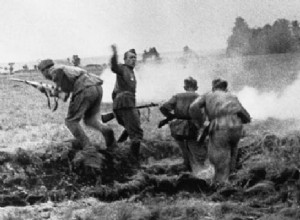Norman armor In the 11th century, Norman armor was that which was used during of the conquest of England by William the Conqueror and during the first crusades. It consists of a padded tunic, the gambeson, over which the hauberk is worn, a mail shirt, a “bowl” type helmet with nose protection and a




